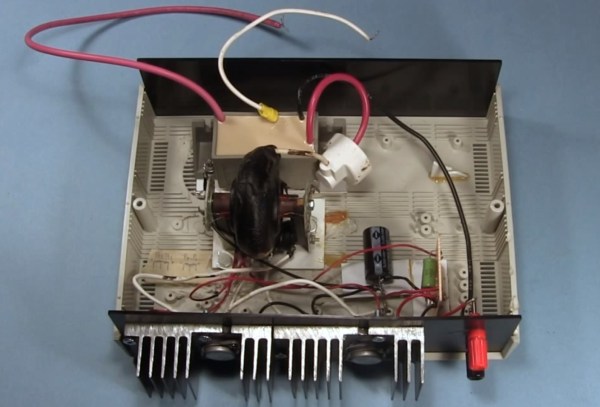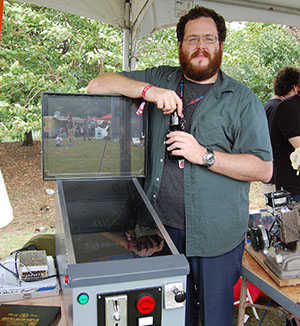Editor’s Note: This is a guest post written by [Bill Meara]
The suits at Hack-a-Day reached out to SolderSmoke HQ and asked me to send in a few words about why their readers should take a fresh look at ham radio. Here goes:
First, realize that today’s ham radio represents a tremendous opportunity for technical exploration and adventure. How about building a station (and software) that will allow you to communicate by bouncing digital signals off the moon? How about developing a new modulation scheme to send packets not down the fiber optic network, but around the world via the ionosphere, or via ham radio’s fleet of satellites? How about bouncing your packets off the trails left by meteors? This is not your grandfather’s ham radio.
You can meet some amazing people in this hobby: Using a very hacked-together radio station (my antenna was made from scrap lumber and copper refrigerator tubing) I’ve spoken to astronaut hams on space stations. Our “low power, slow signal” group includes a ham named Joe Taylor. Joe is a radio astronomer who won the Nobel Prize for Physics. He’s now putting his software skills to use in the development of below-the-noise receiving systems for ham radio. Join me after the break for more on the topic. Continue reading “Guest Rant: Ham Radio — Hackers’ Paradise”


















